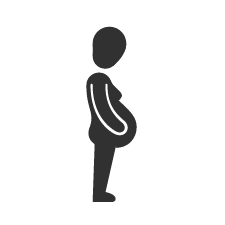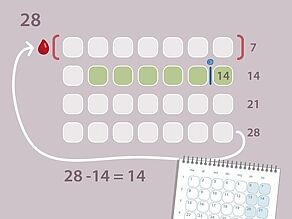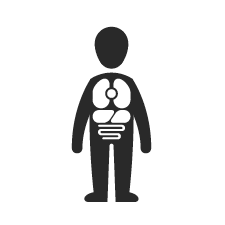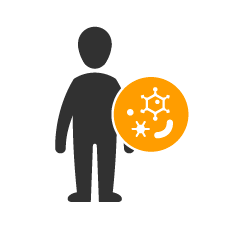The woman's fertile days
A woman is fertile for around six days in every menstrual cycle. During this time she can get pregnant: in the days before and after ovulation, the egg cell can be fertilised, resulting in pregnancy. Sperm cells can survive in the uterus or Fallopian tube for around five days. So a woman can get pregnant if she has sex a few days before ovulation or on the day following it.
When exactly does ovulation take place?
It is difficult to know exactly when ovulation takes place. A woman’s cycle can be up to 35 days. It may vary from month to month. For many women, ovulation takes place around the 14th day of the cycle. But it can vary from woman to woman and from month to month.
So ovulation cannot be predicted accurately. Determining ovulation only by calculating and counting is therefore very uncertain.
Three signs of ovulation
1. Body temperature when you wake up
Measure your temperature every morning as soon as you wake up and before you get out of bed. This is your basal temperature. Just after ovulation, it rises by around 0.2–0.5 degrees Celsius. Your temperature falls after around 14 days, when your menstrual period (menstruation) starts. Your basal temperature tells you that you have ovulated, but it doesn’t tell you exactly when ovulation occurred.
2. Increased vaginal discharge
On most days, the entrance to the uterus is blocked by a stretchy mucus. It looks a bit like egg white and is stretchy. This mucus only dissolves just before ovulation. You can then feel it at the entrance to the vagina.
3. The cervix is softer
You can feel your cervix inside your vagina with your finger. At the beginning of your cycle, it is closed up tight and feels hard. During your fertile period, it is soft and slightly open.














